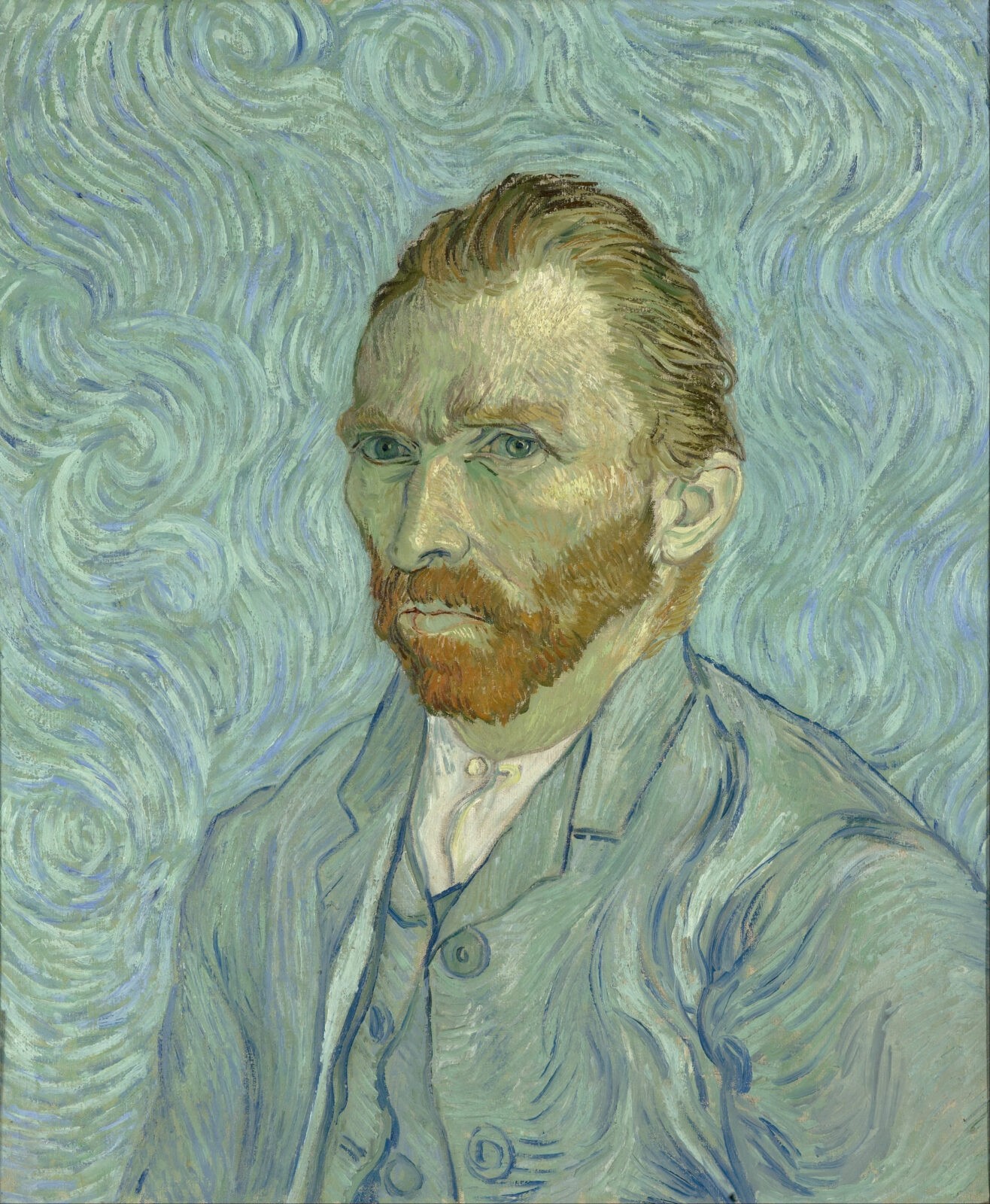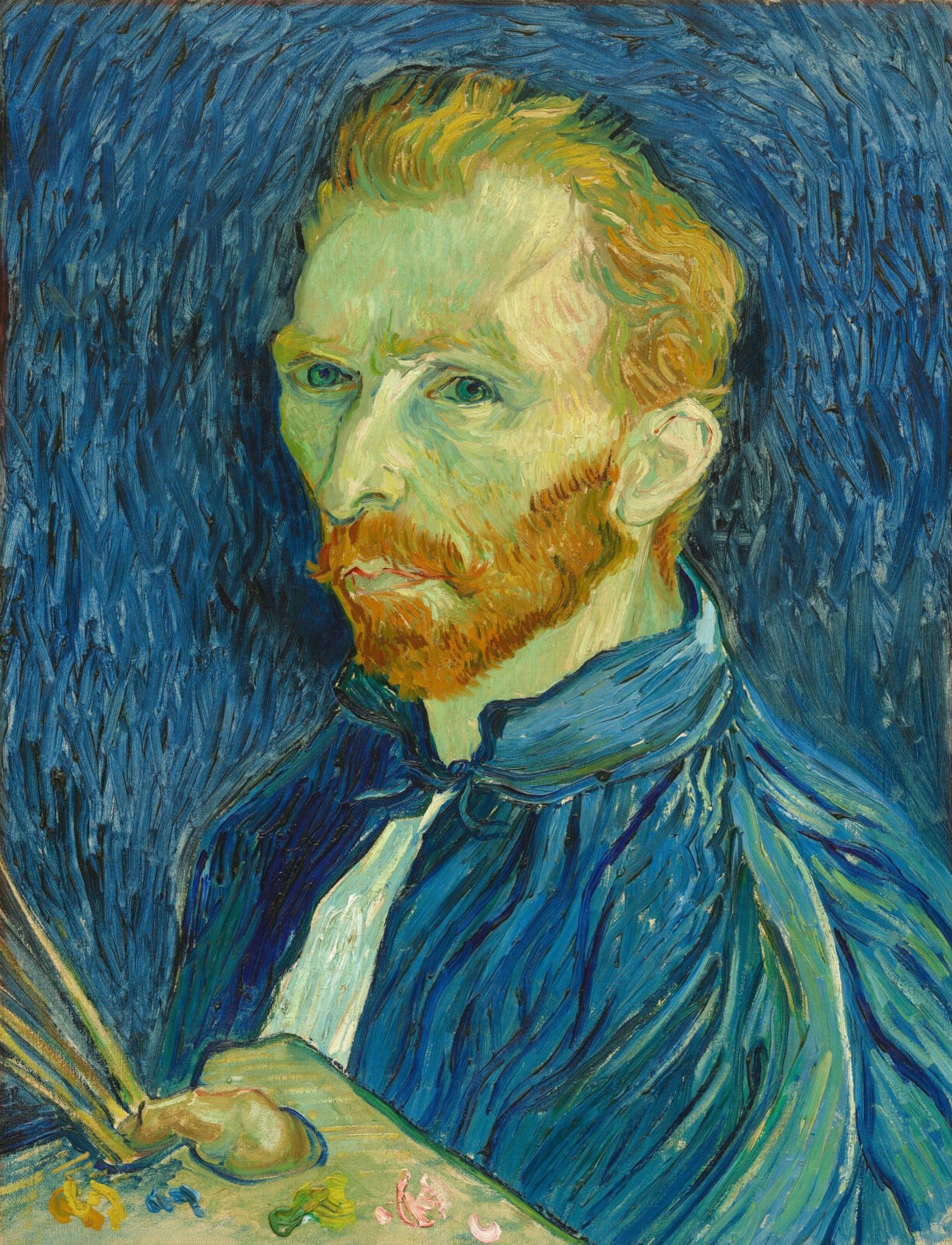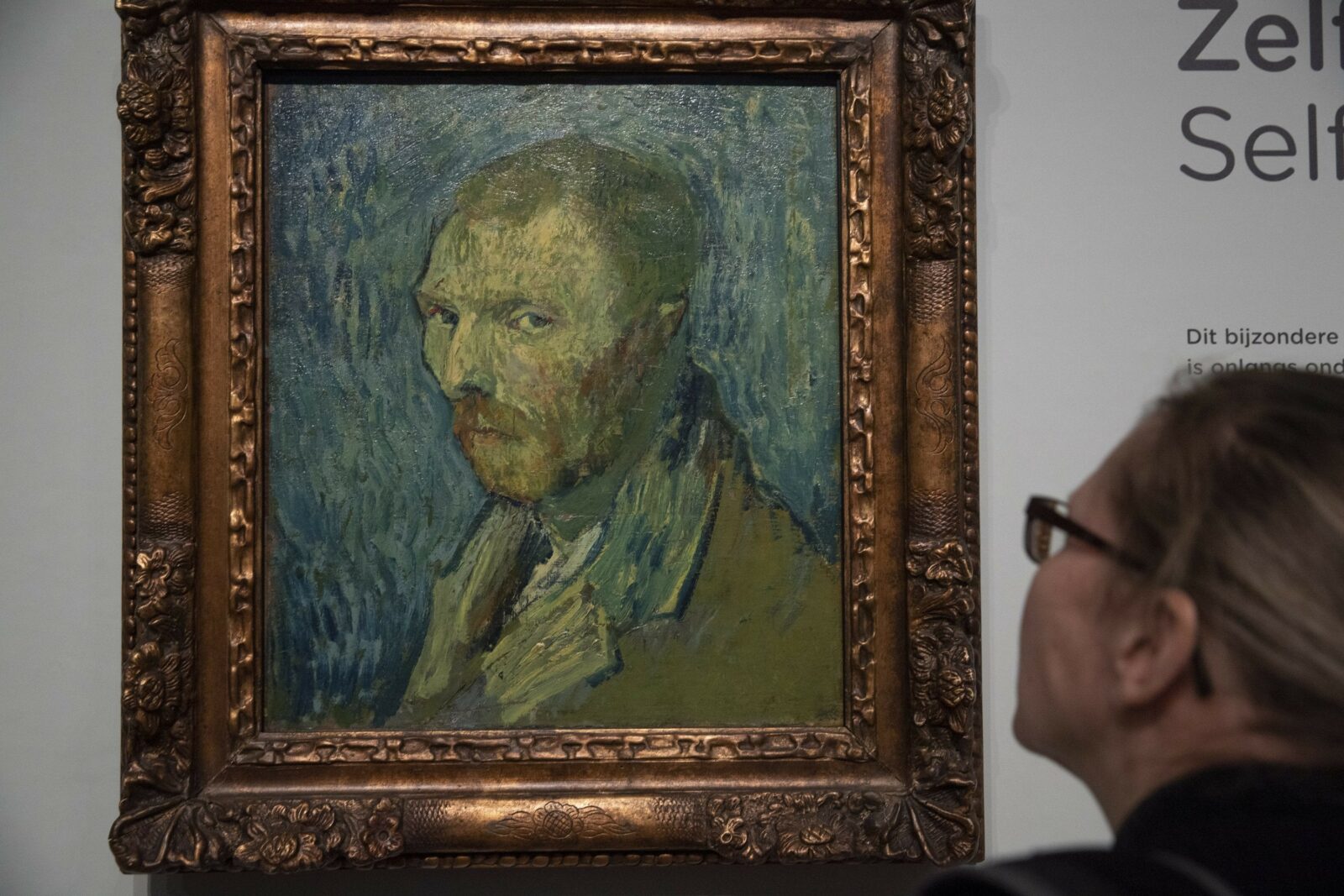Leading experts on Vincent van Gogh’s work have come to the conclusion that the strange portrait, which belongs to the Norwegian museum, is in fact an authentic work of the Dutch master. Extensive research conducted by the Van Gogh Museum in Amsterdam showed that the artist made an unusual self-portrait when suffering from psychosis.
The painting, dated 1889, has been in the collection of the National Museum in Oslo since 1910. It was bought from a French dealer for 1000 francs and was the first self-portrait of the artist to appear in the public collection. But Van Gogh’s authorship has been openly challenged since 1970. Over the years, some scholars have questioned some of the critical gaps in provocation, while others have pointed out that the style and dull color palette are at odds with the rest of the post-Impressionist work.
A study of Provenance conducted by the National Museum in 2006 showed that the work belonged to Van Gogh’s two friends Joseph and Marie Ju, who lived in Arles. However, it remained unclear how and when the couple received the painting. Furthermore, for a long time, experts were unable to agree on the date of the portrait or the place where it was made – in Arles, Saint-Rémy-de-Provence or Auvers-sur-Oise.

In an attempt to resolve this issue once and for all, the museum approached experts in Amsterdam in 2014, whose verdict on authenticity is undeniable. Now, after a comprehensive study of style, technique, materials and origin, the researchers have concluded that this is “without a doubt the hand of Van Gogh”.
It is the only painting that can be associated with a letter written by Vincent Van Gogh to his brother Theo on 20 September 1889. Moreover, the letter proves that the work is indeed significant – it was done at a time when the artist carried his first serious psychotic episode in an orphanage in Saint-Remy. In his letter, Van Gogh describes the painting as “an attempt since I got sick”. It is the only known work written by an artist at a time when he was suffering from psychosis.


“Although Van Gogh at the time was afraid to admit that he was in the same state as the other patients at the orphanage, he probably wrote this self-portrait to come to terms with what he saw in the mirror: a person he didn’t want to be, but became,” says Louis van Tilborg, senior research fellow at the Van Gogh Museum and art historian at the University of Amsterdam. – It’s part of what makes a painting so special and even therapeutic”, says Louis van Tilborg, senior researcher at the Van Gogh Museum and art historian at the University of Amsterdam.
In mid-July 1889 Van Gogh fell into a state of psychosis, which lasted until September. At the end of summer, in a letter dated August 22, he wrote that he was “still anxious” but healthy enough to experiment with painting again. This led experts to conclude that the work was completed after August 22, but before September – and thus preceded the famous self-portraits, which are now at the National Gallery of Art in Washington and the Orsay Museum in Paris.
In his self-portrait Van Gogh looks defeated, he bows his head slightly and looks at the viewer with lifeless eyes. Brownish-green pigments and a dark palette seem unusual to the artist, who is known for his bright shades of blue and yellow. The smears, however, actually correspond to other works dating from the summer and autumn of 1889.
The self-portrait is now shown on the third floor of the Van Gogh Museum in Amsterdam. It will also be part of the exhibition of artists’ portraits “On Picture”, which begins on February 21. After the exhibition closes in May, the work will return to Oslo, the National Museum, which is scheduled to open after reconstruction in 2021.
Recently, very often there have been reports of Van Gogh’s recognition of certain works whose authorship had previously been questioned. This is particularly true of “Still Life with Fruits and Chestnuts” from the San Francisco Museums of Fine Arts collection. Previously it was considered a forgery, but experts at the Van Gogh Museum determined that the canvas and paints were consistent with the work of the artist, which he made in Paris between October and December 1886. The same verdict was reached on “Vases with Red Poppies” from the collection of the American Wadsworth Ateneum. Still Life with Mackerel and Tomatoes” from the Oscar Reinhart Collection in Switzerland may also be considered the original. The canvas is now marked as “previously attributed to Van Gogh”.

























